Deep within America’s vast wilderness areas, tales of a mysterious, hulking creature continue to captivate the public imagination. For decades, visitors to national parks across North America have reported encounters with an elusive, ape-like being that has come to be known as Bigfoot or Sasquatch. These accounts, ranging from fleeting glimpses to detailed observations, have sparked ongoing debate among scientists, park rangers, cryptozoologists, and outdoor enthusiasts alike. While skeptics dismiss these sightings as misidentifications, hoaxes, or folklore, others point to the consistency of descriptions and the credibility of witnesses as evidence that something unusual may indeed roam the remote corners of our protected lands. This exploration into Bigfoot sightings in national parks examines the phenomenon from multiple perspectives, considering both the compelling nature of firsthand accounts and the scientific scrutiny they face.
The Historical Context of Bigfoot Legends
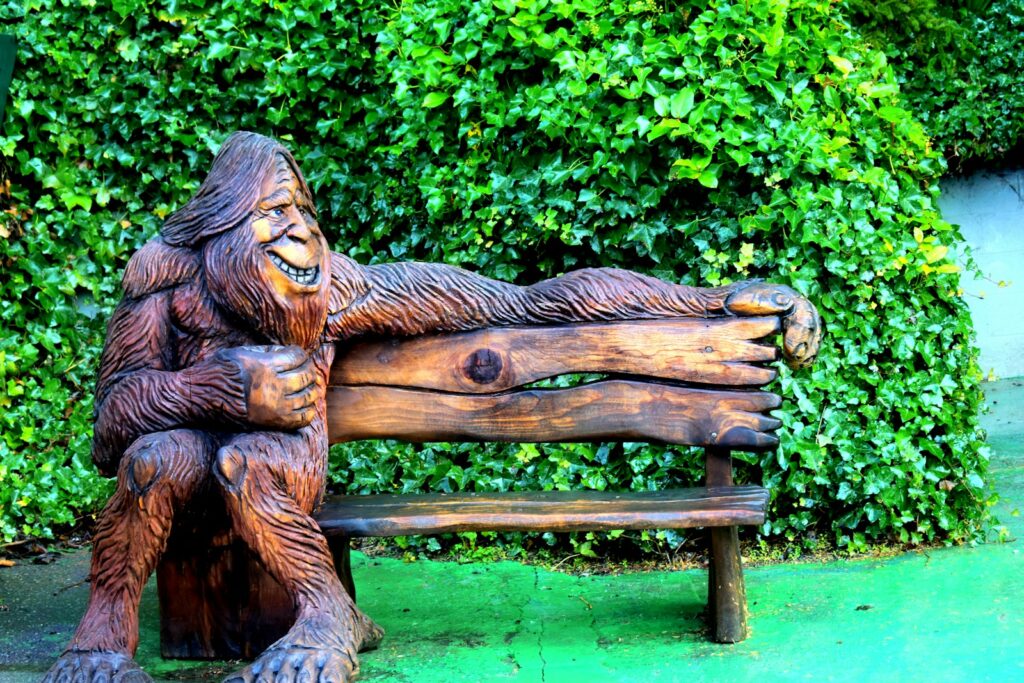
Long before Bigfoot became a fixture of popular culture, indigenous peoples across North America shared stories of wild, human-like beings inhabiting the forests. The Salish people of the Pacific Northwest referred to such creatures as “Sasquatch,” a term that would later enter the modern lexicon. Similarly, the Lakota spoke of the “Chiye-tanka” or “big elder brother,” while various California tribes described the “Oh-mah” or “wild man of the woods.” These traditional accounts typically portrayed these beings not as monsters but as another form of people who preferred isolation from humans. The persistence of these narratives across diverse tribal groups, often separated by vast distances and with limited contact, has led some researchers to suggest they might contain kernels of truth based on actual encounters. These indigenous stories provided the foundation for what would evolve into the contemporary Bigfoot phenomenon following increased Euro-American settlement and exploration of wilderness areas.
Profile of a National Park Bigfoot Encounter
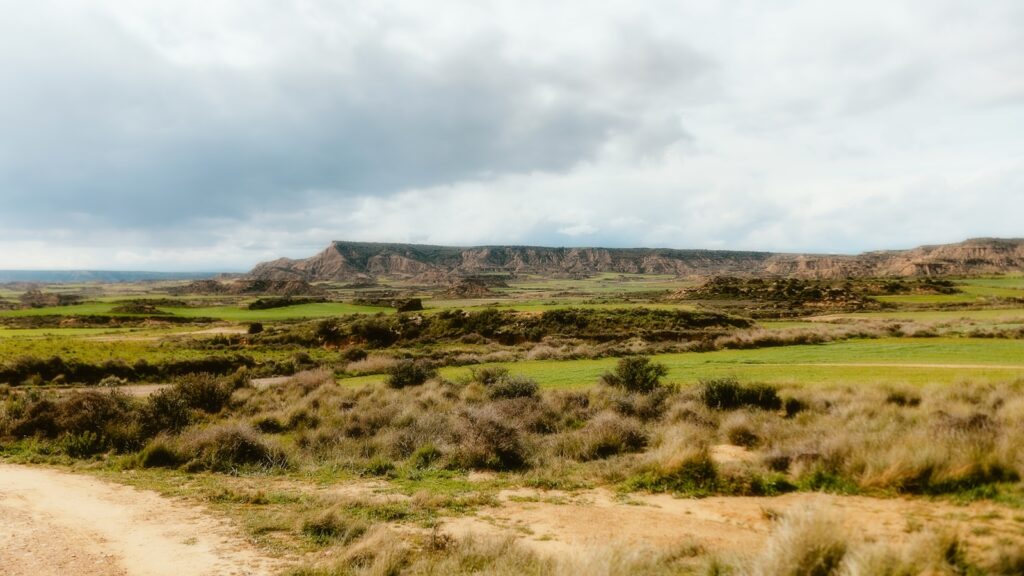
When examining reports from national parks, certain patterns emerge that differentiate “typical” Bigfoot encounters from other wildlife sightings. Witnesses frequently describe a bipedal figure standing between 7 and 10 feet tall, with a massive, barrel-shaped chest and powerful shoulders that create a distinctive silhouette unlike a bear standing on its hind legs. The creature is almost universally described as covered in dark brown or reddish-brown hair, with exposed skin visible only on the face, palms, and soles of the feet. Many accounts mention a strong, pungent odor that precedes or accompanies a sighting, often compared to wet dog, skunk, or decaying vegetation. Perhaps most compelling are the behavioral aspects reported: deliberate movement, obvious avoidance of humans, occasional rock or stick throwing, and in some cases, vocalizations ranging from low growls to high-pitched screams or whistles that witnesses insist don’t match known wildlife sounds.
Hotspots: Where Bigfoot Sightings Cluster

Certain national parks and wilderness areas have developed reputations as Bigfoot “hotspots” due to the concentration of reported encounters over time. Olympic National Park in Washington State consistently ranks among the top locations, with its remote rainforests, extensive wilderness, and limited human access creating an ideal environment for an elusive species. California’s Sequoia and Kings Canyon National Parks have generated numerous reports, particularly in the deep valleys and dense forests away from established trails. The Blue Ridge Parkway and surrounding Appalachian wilderness areas represent another significant cluster of sightings, suggesting that the phenomenon isn’t limited to the Pacific Northwest as commonly believed. Interestingly, these hotspots share several environmental factors: abundant water sources, diverse food options including berries and fish, minimal human development, and challenging terrain that would naturally limit human exploration. This pattern has led some researchers to develop habitat suitability models based on reported sightings, identifying potential ecological niches that could support a large, omnivorous primate.
The Psychology Behind Wilderness Sightings

The psychological aspects of Bigfoot sightings cannot be ignored when examining the phenomenon objectively. Humans naturally seek patterns and explanations when confronted with unusual or unexpected stimuli, particularly in wilderness settings where primal instincts and heightened awareness can influence perception. Pareidolia—the tendency to perceive familiar patterns like faces or human figures in ambiguous stimuli—plays a significant role in some reported sightings, especially those occurring in low light or at significant distances. The power of suggestion also influences experiences; visitors to areas with established Bigfoot legends may be primed to interpret ambiguous sounds or movements through this interpretive framework. However, psychologists note that these explanations cannot account for all reports, particularly those from experienced outdoorspeople familiar with local wildlife who report close-range, daylight observations with specific details that don’t conform to known animals. The psychological dimension adds complexity to the phenomenon rather than providing a comprehensive explanation for all accounts.
Park Rangers: Between Official Policy and Personal Experiences
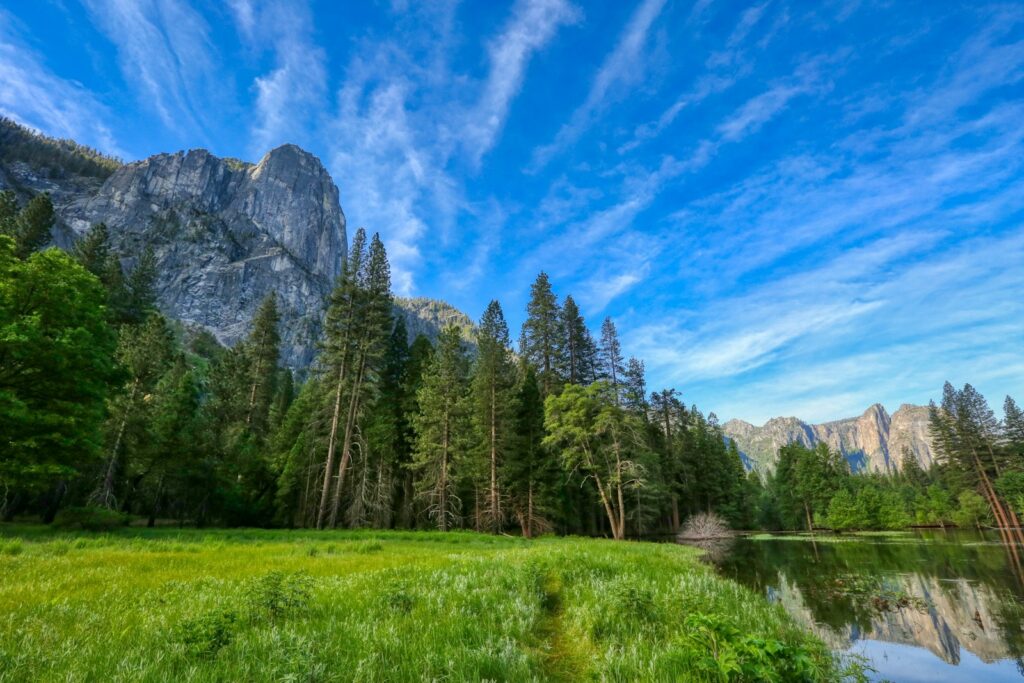
National Park Service employees occupy a unique position in the Bigfoot phenomenon, often caught between official positions and personal experiences. While the NPS officially maintains that there is no evidence confirming the existence of Bigfoot within park boundaries, numerous rangers have privately shared encounters that left them questioning conventional explanations. These accounts typically remain unofficial, shared among colleagues or revealed after retirement to avoid professional repercussions or public ridicule. Several former rangers have described finding unusual trackways, hearing inexplicable vocalizations during night patrols, or glimpsing large, upright figures moving through remote areas. Their professional training in wildlife identification and extensive field experience make these accounts particularly valuable to researchers. Some parks have adopted unwritten policies directing staff to log unusual reports in internal systems while avoiding public statements that might encourage sensation-seeking visitors to venture into dangerous backcountry areas in search of the creatures.
The Scientific Perspective on Bigfoot Evidence

From a strictly scientific standpoint, the evidence for Bigfoot’s existence remains insufficient to confirm the presence of an unknown primate species in North American wilderness areas. The primary challenges include the lack of physical specimens, fossils, clear photographic evidence, or DNA samples that have passed rigorous peer review and analysis. While numerous hair, scat, and tissue samples have been submitted for testing over the decades, results have typically identified known wildlife species or, in some cases, human DNA likely resulting from contamination during collection. The scientific community generally points to the improbability of a large breeding population remaining undiscovered in the age of satellite imagery, trail cameras, and increased human presence in wilderness areas. However, some biologists and anthropologists maintain that remote regions of national parks remain sufficiently unexplored that the complete absence of an unknown species cannot be conclusively established, particularly if the population is small, highly mobile, and behaviorally adapted to avoid human contact.
Footprints and Physical Evidence Analysis
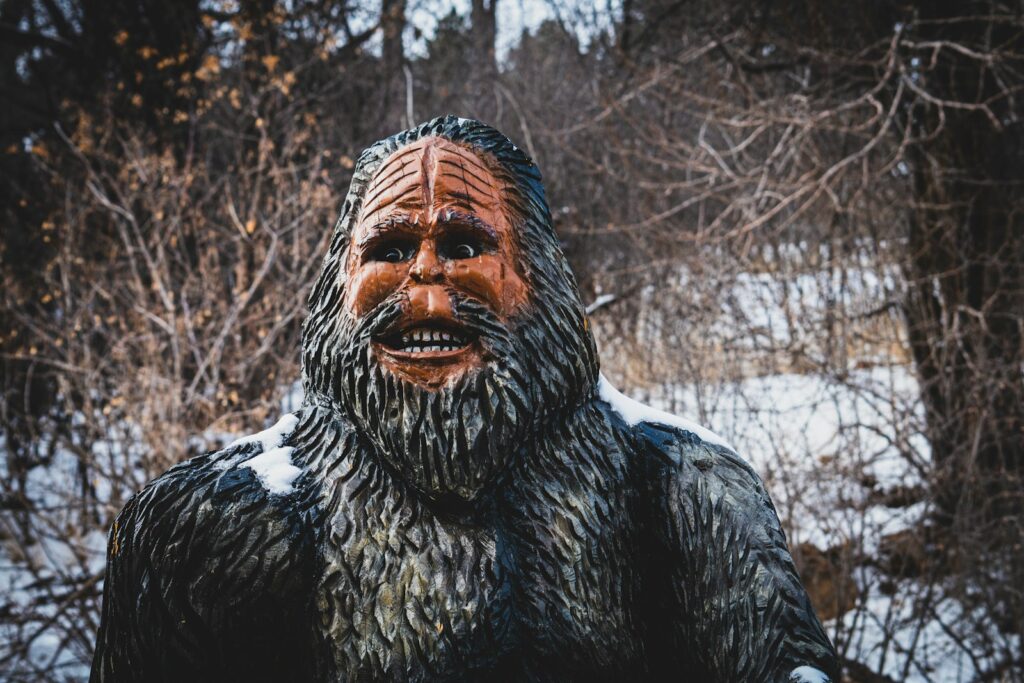
Among the most compelling evidence cited by Bigfoot researchers are the thousands of plaster casts of large, humanoid footprints collected from national parks and wilderness areas. These impressions often display characteristics that experts claim would be difficult to fake, including dermal ridges (similar to fingerprints), pressure distributions indicating natural walking motion, and mid-tarsal breaks—a flexibility in the middle of the foot not typically present in humans. Dr. Jeff Meldrum, a professor of anatomy and anthropology at Idaho State University, has built an extensive collection of these casts and argues that they represent a consistent morphology suggesting a large, unknown primate adapted for bipedal locomotion. Critics counter that sophisticated hoaxes cannot be ruled out, pointing to confirmed cases where tracks were deliberately manufactured. Other physical evidence collected from parks includes unusual hair samples, broken branches at heights difficult for humans to reach, and structures of twisted branches interpreted by some as territorial markers or rudimentary shelters.
Technology’s Impact on Bigfoot Research
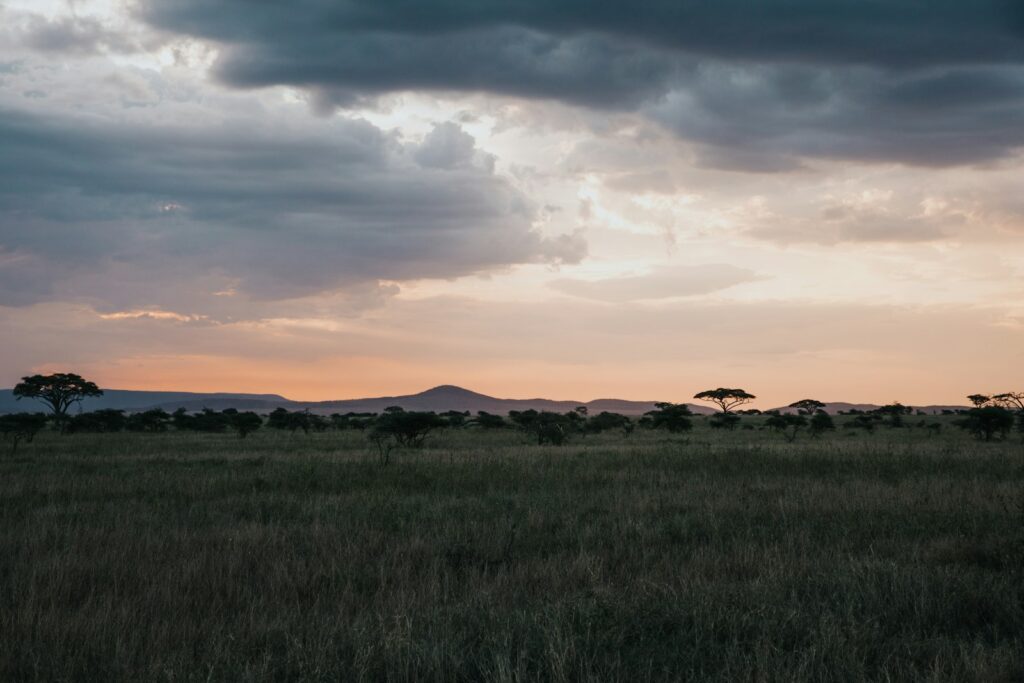
Technological advances have transformed the landscape of Bigfoot research in national parks, simultaneously raising expectations for definitive evidence while providing new tools for investigation. The proliferation of smartphones with high-quality cameras has led to an increase in reported photographic and video evidence, though critics note that image quality has not correspondingly improved in ways that eliminate ambiguity. Trail cameras, now widely used by wildlife researchers and hunters, theoretically should have captured clear images if such creatures exist, yet most purported Bigfoot photos from these devices remain blurry or inconclusive. More promising are emerging technologies like environmental DNA (eDNA) sampling, which can detect genetic material shed by organisms into their surroundings through hair, skin cells, or bodily fluids. Several research teams have begun systematic eDNA collection in hotspot areas within national parks, though peer-reviewed results have yet to indicate the presence of an unknown primate. Thermal imaging devices and drones equipped with sophisticated sensors represent the latest technological approaches being deployed in select wilderness areas.
Misidentifications: When Known Wildlife Creates Bigfoot Reports

Many credible wildlife biologists suggest that a significant percentage of Bigfoot sightings in national parks can be attributed to misidentifications of known animals, particularly under challenging viewing conditions. Black bears standing on their hind legs represent the most common explanation, as this posture can create a surprisingly humanoid silhouette when glimpsed briefly through vegetation or in low light. Moose, elk, or even humans dressed in dark clothing have triggered reports when observed at distances that obscure identifying features. Certain optical conditions in wilderness settings can distort perception, making animals appear larger or their movements seem more bipedal than they actually are. Sound-based reports present similar challenges, as vocalizations from known species like coyotes, wolves, or even barred owls can sound remarkably unusual and “non-wildlife” to inexperienced listeners, particularly when distorted by terrain features like canyons that create echo effects. While misidentification explains many cases, researchers note that it cannot account for all reports, particularly those where observers had clear, extended viewing opportunities at close range.
The Cultural Impact of Bigfoot on National Parks

Beyond the question of biological reality, Bigfoot has undeniably become an important cultural element influencing how people perceive and interact with national parks. Some parks have experienced significant tourism boosts tied to Bigfoot interest, with visitors specifically traveling to reputed hotspots hoping for their own encounters. Gift shops in gateway communities often feature Sasquatch-themed merchandise, while local businesses organize guided “Bigfoot expeditions” into adjacent park areas. This commercial aspect has created management challenges for park officials balancing visitor interest against resource protection and safety concerns. The creature has also become integrated into the folklore and interpretation of wilderness spaces, representing wild nature’s mystery and the limits of human knowledge about the natural world. Some indigenous groups have expressed frustration at the commercialization and sensationalization of traditional stories, while others have embraced the interest as an opportunity to share authentic cultural perspectives on these beings.
Famous Case Studies from National Parks
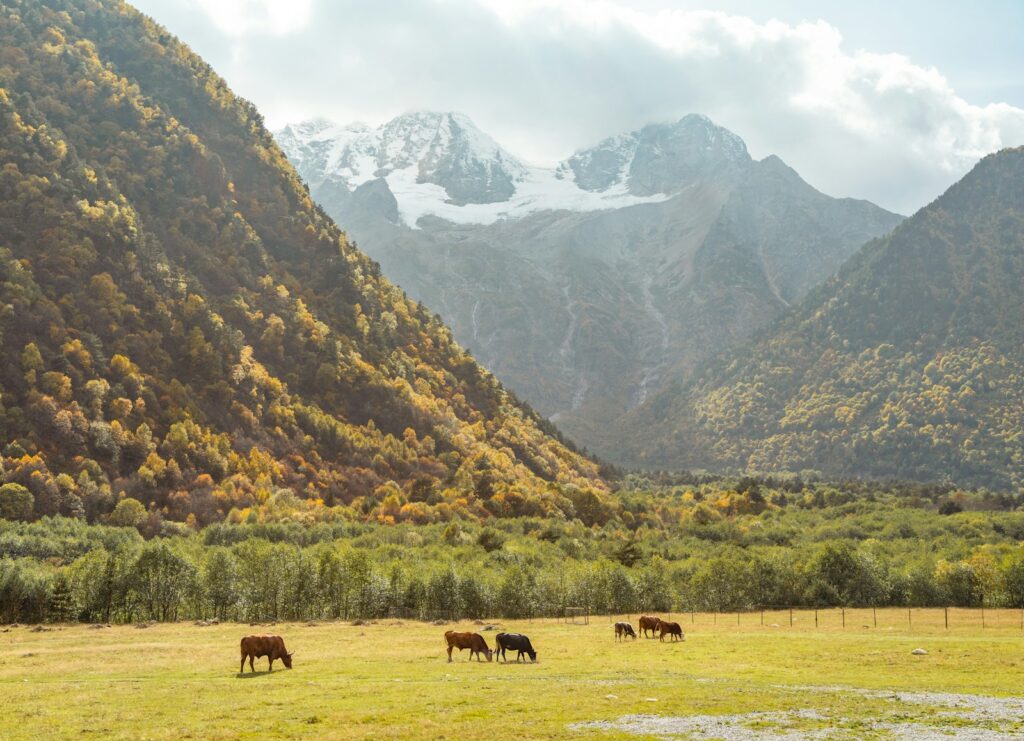
Certain Bigfoot encounters within national parks have achieved legendary status, either due to their compelling nature or the credibility of the witnesses involved. The 1974 incident in Mt. Baker-Snoqualmie National Forest, adjacent to North Cascades National Park, involved multiple members of a U.S. Forest Service firefighting crew who reported observing a large, hair-covered bipedal figure watching their camp from a ridge before departing upright through difficult terrain. In 1983, a group of backpackers in Olympic National Park’s Hoh River Valley documented an extensive trackway of 16-inch footprints crossing a remote sandbar, with park rangers among those who examined the prints before they were washed away by rain. Yosemite National Park was the site of a notable 1992 sighting where a wildlife biologist conducting a bird survey reported observing a massive bipedal figure moving through a meadow at dawn, displaying proportions and movement patterns inconsistent with bear or other known wildlife. These case studies stand out for their multiple witnesses, credible observers with relevant expertise, or the presence of potential physical evidence examined by qualified individuals before deterioration.
Hoaxes and Their Damage to Legitimate Research
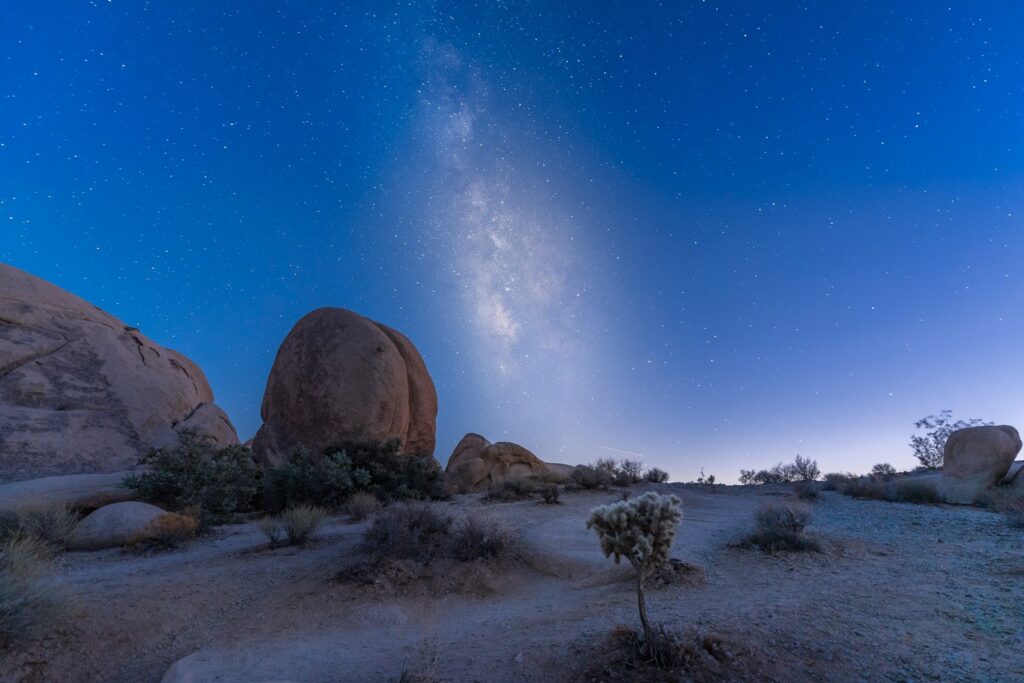
The Bigfoot phenomenon has been repeatedly damaged by hoaxes, making serious investigation increasingly difficult within national park boundaries. The notorious 2008 “Georgia Bigfoot” hoax, while not occurring in a national park, cast a long shadow over all Bigfoot research when the purported body turned out to be a rubber costume filled with possum parts and roadkill. Deliberate track hoaxes have been documented in multiple parks, typically created using carved wooden foot shapes or modified shoes. Such deceptions have not only undermined public credibility but have also poisoned relationships between researchers and land management agencies like the National Park Service. Park officials, already skeptical of extraordinary claims, become increasingly reluctant to investigate reports or grant research permits following publicized hoaxes. Serious researchers now face the double burden of investigating potential evidence while simultaneously working to authenticate it against potential fakery. The scientific community’s already limited engagement with the subject diminishes further with each exposed fraud, creating a self-reinforcing cycle that hinders objective investigation of genuinely puzzling incidents.
The Ecological Question: Could National Parks Support Bigfoot?

Setting aside debates about existing evidence, wildlife biologists have examined whether national parks could theoretically support a population of large, omnivorous primates. The analysis typically considers factors including available territory, food resources, climate conditions, and potential population density. Large wilderness areas like Olympic National Park (922,000 acres), Yellowstone (2.2 million acres), or the connected wilderness of Northern California’s national parks provide sufficient territory for a small population of large mammals to remain relatively isolated. Food availability presents more complex questions, though the omnivorous diet attributed to Bigfoot aligns with abundant resources including berries, nuts, fish, and small mammals found throughout these ecosystems. Winter survival represents perhaps the greatest ecological challenge, particularly in northern parks with harsh conditions that would require either significant physiological adaptations or seasonal migration patterns. Population viability analysis suggests that to maintain genetic diversity, a minimum viable population would likely number in the hundreds spread across connected habitat corridors—raising questions about how such a population could remain largely undetected given current human activity levels even in remote areas.
The Future of Bigfoot Research in Protected Lands

The path forward for Bigfoot investigation in national parks likely involves a more structured, scientifically rigorous approach than previous efforts. Several universities have begun supporting systematic research using methodology from wildlife biology, involving techniques like habitat suitability modeling, systematic camera trap grids, and environmental DNA sampling in areas with consistent reporting patterns. These approaches move beyond the anecdotal evidence collection that has dominated the field historically. The National Park Service itself remains officially uninvolved but has shown increased willingness to collaborate with academic researchers conducting broader biodiversity studies that might incidentally address the question. Citizen science initiatives using standardized protocols represent another promising development, with projects like the Olympic Project training volunteers in proper evidence collection techniques and data logging. Advancing technologies, particularly in genetic analysis and remote sensing, offer new possibilities for detecting evidence of any unknown species that might inhabit these protected lands. Regardless of ultimate outcomes, the scientific process of investigation itself provides valuable data about these precious wilderness ecosystems and the full range of species they support.
Conclusion

Whether Bigfoot exists as a biological reality or primarily as a cultural phenomenon, the creature’s association with national parks highlights humanity’s complex relationship with wilderness. These protected lands represent our society’s commitment to preserving natural spaces not fully controlled or understood by humans—places where mystery and discovery remain possible. While conclusive evidence of Bigfoot’s existence remains elusive, the ongoing investigation contributes to broader understanding of these ecosystems and inspires continued protection of wild spaces. For park visitors, the possibility—however remote—that something undiscovered might still roam these forests adds a dimension of wonder to the outdoor experience. Perhaps this sense of possibility, this acknowledgment of the limits of our knowledge, represents Bigfoot’s most valuable contribution to our relationship with national parks and wilderness areas.

